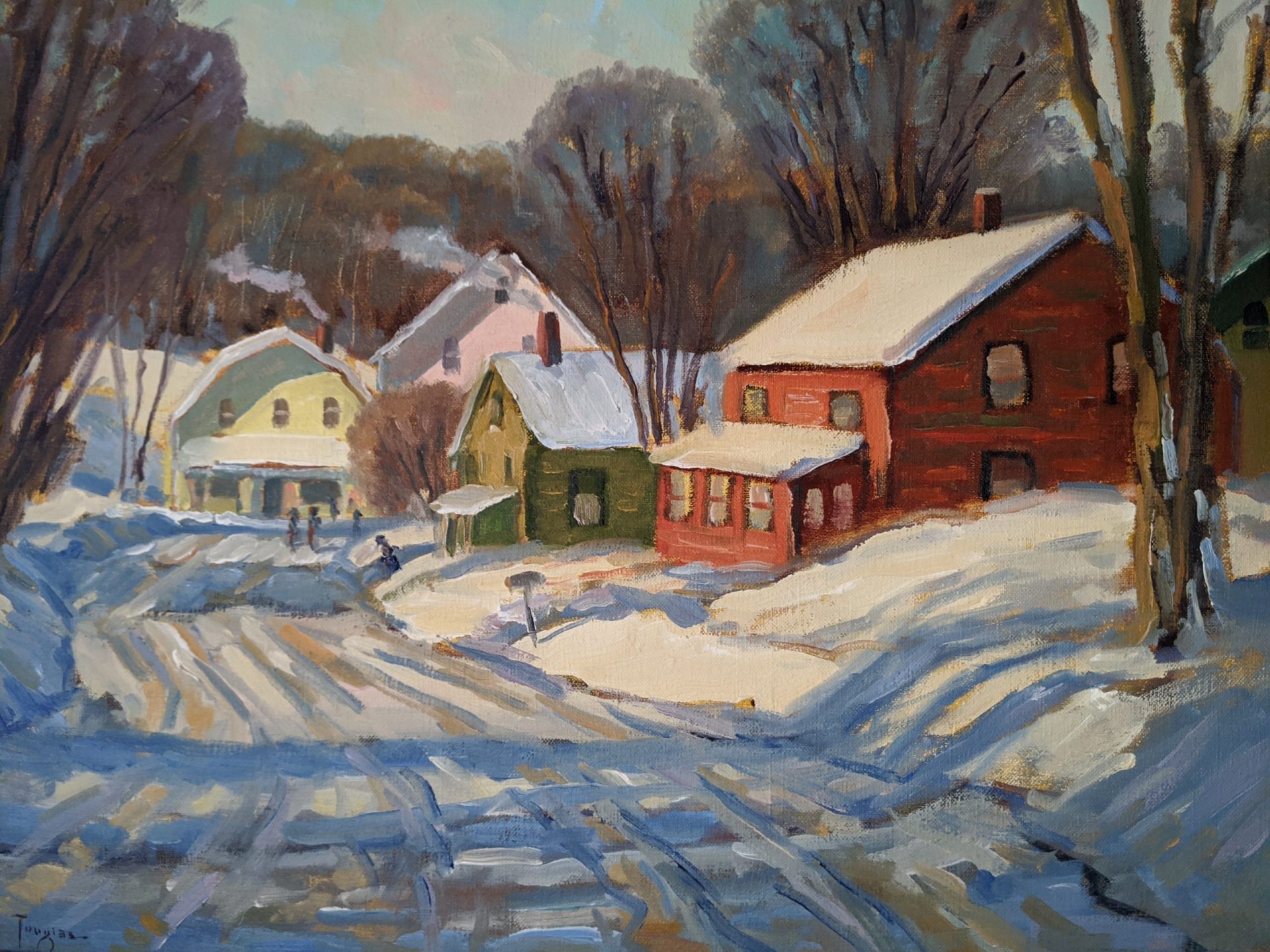Sugar country, under snow, getting ready to give thanks for the abundance of food first developed in the Americas. Our indigenous peoples first cultivated more than just maple!
We didn’t realize until a few years ago that November was National Native American Heritage Month. Now that we know, we feel inspired to give annual thanks for how open-air sugar making got its start many hundreds (thousands!) of years ago here among the native peoples of North America. But our indigenous peoples first cultivated more than just maple!
The native peoples of the Americas first developed a number of other crops. These are foods that are so important that there’s not a corner of the globe where people could imagine life without them.
We’re talking basics, here, people! Among them are the potato, many varieties of beans, all the squashes of the world, the tomato, peppers, and, of course, maize.
Indigenous Foods
To be sure, maize, the gastronomic contribution we typically learn about in grade school, deserves extra-special mention. The reasons are at least twofold. First, in terms of its harvest weight, corn has been the world’s most essential crop since its inception. And second, unlike the world’s other cereals, it has no wild antecedent. Maize was created by Native Americans through a process of hybridization unnecessary to the development of grains, like wheat and barley, that were first harvested wild on other continents. Unlike their peers elsewhere, therefore, Native Americans engineered maize.
An incredible feat, yes. But is it as unbelievable as imagining Italian food without the tomato? Thai and Indian food without the pepper? Ireland without that miracle for small farms and cool climates: the potato? Nevertheless, before Columbus sailed the ocean blue, these crops, and many more, only existed in North and South America. For this brilliance, this ingenuity, the world is thankful, in some places, at every single meal!
These revelations cover only the highest peak of this particularly big iceberg. In fact, new scholarship suggests that, prior to European contact, the continents of North and South America were not made up of the “unspoiled wilderness” that has populated the fantasies of Europeans, and then European Americans, for centuries. Rather, the entire Western Hemisphere, far from being a “New World,” was a vast, engineered, managed, edible landscape tens of thousands of years in the making. Almost without exception, the hemisphere was a patchwork of small and large farms and orchards, massive game reserves, and forests managed for food (a practice called “agroforestry”). So much of the world’s culinary variety began here!
Giving Thanks
So the next time you sit down for a meal, even if it’s not Thanksgiving, take a moment to wonder and give thanks to the world’s most accomplished master gardeners, the native peoples of this place we call home. Our indigenous peoples first cultivated so much more than just maple. And we’re so glad they did.
If we’ve piqued your interest in the foods our indigenous peoples first cultivated, check out these two books: Braiding Sweetgrass and 1491: New Revelations of the Americas Before Columbus.
Stay safe and healthy and we will see you on that other side. Happy Thanksgiving, everyone!

